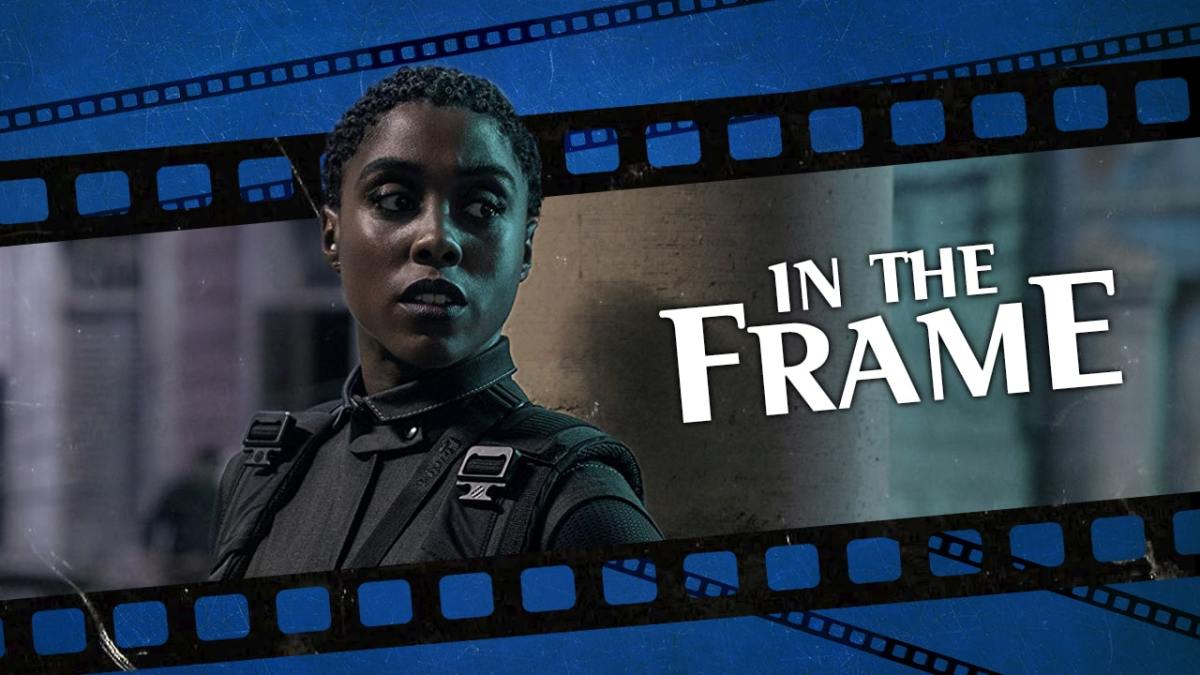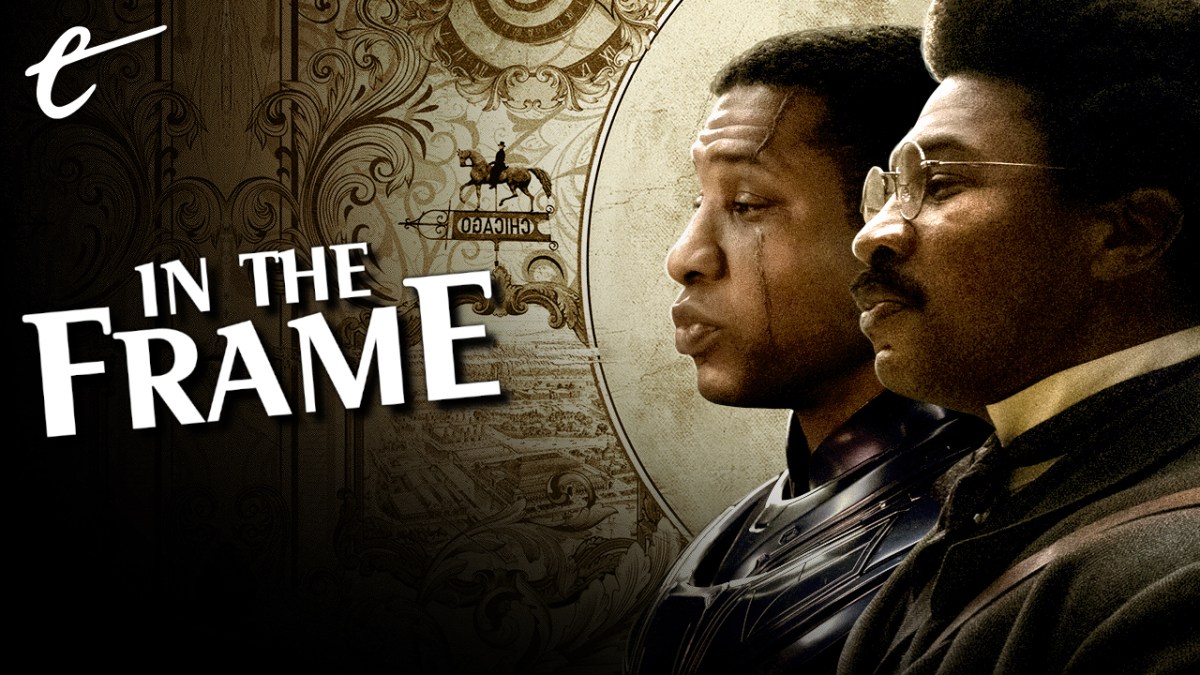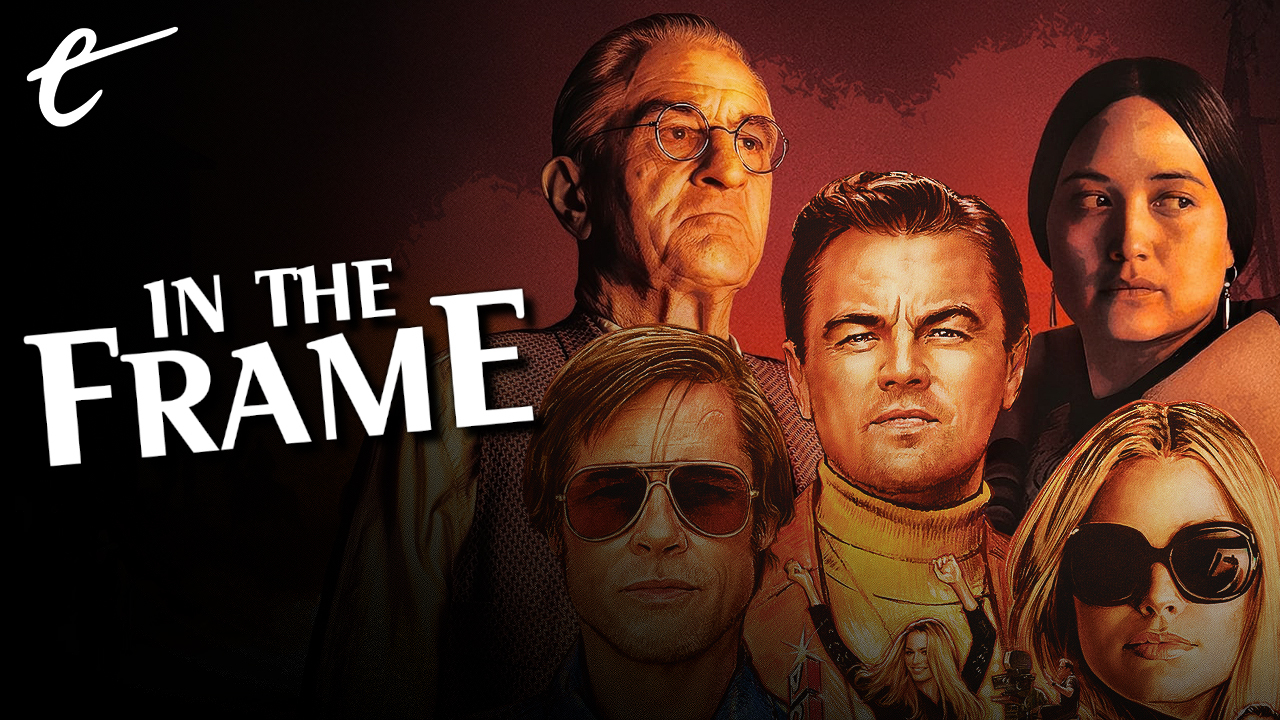With Daniel Craig finishing up his tenure as James Bond in No Time to Die, speculation has inevitably turned to the question of who will inherit the role. There has been some suggestion that the part might be race- or gender-swapped in the next incarnation.
Of course, the character of James Bond has always been flexible. Despite continuity nods between incarnations in films like For Your Eyes Only, each of the different actors to play the part has brought their own sensibility. On Her Majesty’s Secret Service would be a very different film if it starred Sean Connery. License to Kill would require a substantial reworking for Roger Moore’s persona.
As fun as it is to try and untangle a web of continuity that runs from Dr. No through to Spectre, the truth is that every era of James Bond has been a soft reboot of a sort. This was confirmed with Daniel Craig’s arrival in the role in Casino Royale, a film that finally offered a definitive origin story for the secret agent. Of course, Craig’s casting was a controversial choice — because he was blonde.
Still, producer Barbara Broccoli has ruled out the possibility of casting a female lead in the role after Daniel Craig, stating, “I believe we should be creating new characters for women — strong female characters. I’m not particularly interested in taking a male character and having a woman play it. I think women are far more interesting than that.” It is a strong argument, conceptually.
That argument does not exist in a vacuum, and Broccoli is not talking in the abstract. After all, she is producing The Rhythm Section — a gritty Blake Lively-led spy thriller that opened this weekend. The marketing for The Rhythm Section is not shy in playing up the fact that it is from “the producers of James Bond.” The script even repeatedly nods to Casino Royale.

It is worth unpacking Broccoli’s argument about the need to create new characters. It often comes up concerning gender-swapped iconic characters, such as Jason Aaron’s decision to cast Jane Foster as Thor. It is a good idea in theory. In an ideal world, this would be how pop culture operated. There would be a constant churn and an ever-expanding canon.
The problem here is not (only) one of gender. It is a problem of the larger market. Creating new and compelling female characters requires a sustainable market for new characters in general. This is simply not how Hollywood works these days for characters male or female. Because of the way that the modern industry operates, there is a heavy emphasis on existing intellectual property.
Many of the female characters who have supported franchises are well over a decade old — Ripley (Sigourney Weaver) from the Alien franchise, Alice (Milla Jovovich) from the Resident Evil franchise, Selene (Kate Beckinsale) from the Underworld series. Many new women-led franchises like Wonder Woman, Captain Marvel, or Birds of Prey are based on existing rather than new characters.
This is also true of male characters. Last year, every one of the top 10 highest-grossing films at the American box office was derived from some existing property. This is why Spider-Man has had three different live-action franchises over the past two decades. This time next week, it is entirely possible that two different actors will have won Oscars for playing the Joker in films 11 years apart.
There are exceptions that prove the rule. Lionsgate has been phenomenally lucky at establishing new franchises in recent years; John Wick has become a box office behemoth, and Knives Out may yet launch a franchise. However, the reason that people get so excited about these success stories is precisely because they are so rare.

Warner Bros. has a history of gambling on new properties and talent. They cultivated long-standing relationships with auteurs like Stanley Kubrick, Clint Eastwood, and Christopher Nolan, counting on directors with strong styles and unique visions to generate audience interest in whatever they are doing. It still works for Nolan, but he is an exception — arguably, Nolan is his own brand.
Warner Bros. recently announced that they would experiment with artificial intelligence-guided film development — an approach that would push the studio away from risk and towards safer bets. It’s easy to see why the studio is leaning that way after the failure of projects like The Kitchen, The Good Liar, Blinded by the Light, The Goldfinch, Doctor Sleep, Richard Jewell, and The Sun Is Also a Star.
There have been plenty of women-led action movies over the past decade, such as Salt or Atomic Blonde. However, these have failed to generate the necessary enthusiasm to launch spin-off franchises. Again, this is not solely a gendered phenomenon. After all, it applies just as handily to Guy Ritchie’s The Man From U.N.C.L.E. or Peter Segal’s Get Smart.
The issue arises from the fact that so many of the existing properties and franchises have historically been based around male characters, because they tend to be older and come from an era where these sorts of characters were predominantly created as white and male. After all, the bulk of the primary characters in the Marvel Cinematic Universe trace their roots back to the early- to mid-’60s.

In franchises based around a concept rather than a character name, it is possible to diversify through the introduction of new characters. To pick an obvious example, Star Trek never had to worry about changing James T. Kirk’s race or gender, because later iterations could simply cast Avery Brooks as Commander Benjamin Sisko in Deep Space Nine or Kate Mulgrew as Captain Kathryn Janeway in Voyager.
That said, even those franchises have found themselves drawn back to familiar and established templates. When J.J. Abrams rebooted Star Trek in 2009, he reset the franchise back to its original state and recast James Tiberius Kirk. Picard is a nostalgic salute to The Next Generation and Voyager. Even Discovery has cast its own iterations of classic characters like Christopher Pike and Spock.
Of course, there is evidence that sometimes even “creating new characters for women” is not enough. When Disney produced a sequel trilogy to Star Wars based around a new character named Rey (Daisy Ridley), prominent women actors like Ridley and Kelly Marie Tran were hounded off social media, and certain reactionary groups started to put together “men-only edits.”
Comics offer a halfway approach, where the brand name is often a superhero persona, but the character underneath can change. Spider-Man: Into the Spider-Verse features a Spider-Man who is Miles Morales (Shameik Moore) rather than Peter Parker (Jake Johnson). Thor: Love and Thunder will feature a Thor who is Jane Foster (Natalie Portman) rather than the Odinson (Chris Hemsworth).

The challenge arises where the concept is a character, especially over a very long-running franchise. Showrunner Steven Moffat spent six full seasons establishing the inevitability of a woman-led version of Doctor Who before his successor Chris Chibnall cast Jodie Whittaker in the lead role. After all, each era of Doctor Who (and each iteration of the character) is in practice a soft-ish reboot. (The character cannot even remember his/her own age.)
The same is true of James Bond, to an extent. The character has varied wildly across his different incarnations. Timothy Dalton’s version was relatively chaste. Daniel Craig’s iteration does not smoke. The character’s mood, outlook, and general life philosophy change wildly from one version to the next. Sometimes these contrasts are the entire point and appeal of the casting.
It is worth acknowledging that any such transition would not be permanent. Much like the lead character in Doctor Who will eventually be recast as a man again, any gender- or race-swapping of an established property just offers another iteration or approach to a familiar template. If James Bond is as flexible an archetype as the franchise’s history suggests, there is perhaps some worth in probing the boundaries of that archetype.
None of this is to make an argument that James Bond should be gender-swapped. That’s a debate to be had on its own merits. It’s more to illustrate the context of this debate. Broccoli is right to argue that “creating new characters for women” would be the correct approach to take in an ideal world. Unfortunately, this is not an ideal world. The issue is decidedly thornier than that argument would make it seem.





